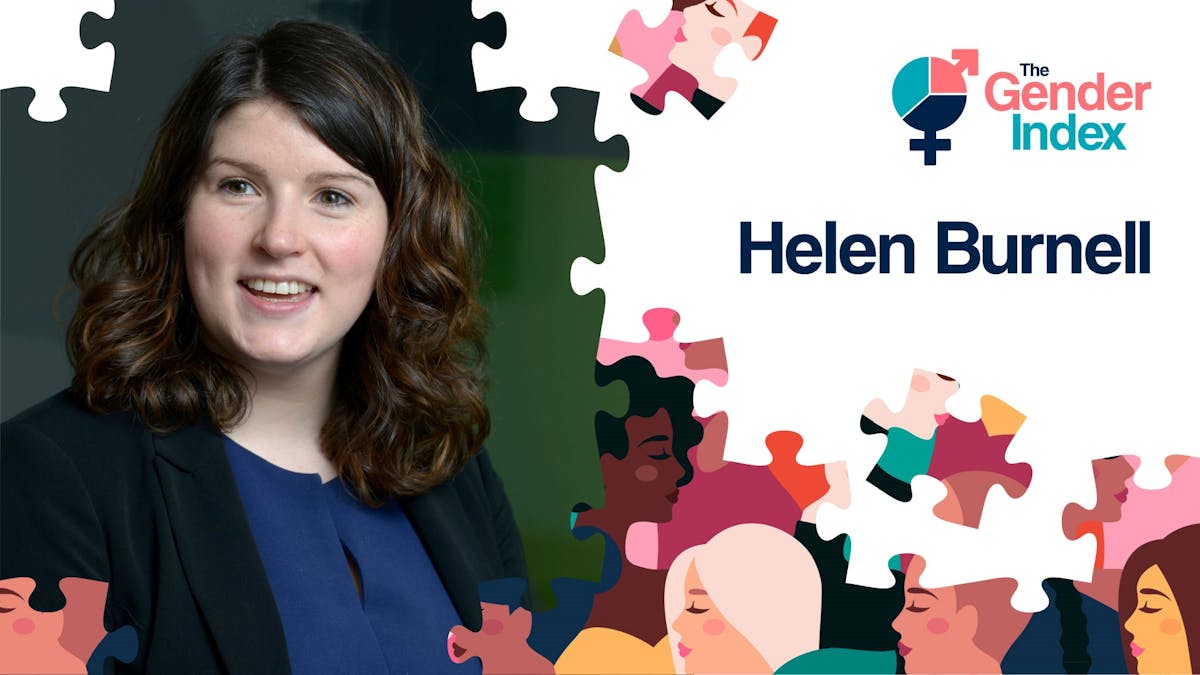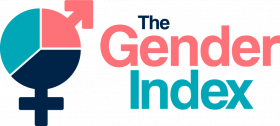We use cookies to effortlessly improve your experience on our site. Cookies also help us understand how our site is being used, so that we can keep making it better. You can read more about it in our cookie policy and change your settings here at any time.
The gender difference in funding for female entrepreneurs is a gulf, not a gap

Helen Burnell is a Partner at Shoosmiths, specialising in venture capital, growth capital and infrastructure investments. Helen also leads on Shoosmiths’ spHERe initiative - a network open to women and men, which supports female founders and venture capitalists within the VC space.
What is the current funding picture for female founders in the UK?
The funding gap is still really big. In fact, it’s a gulf, not a gap. The Rose Review found 1% of Venture Capital funding went to businesses founded by all-female teams. That's gone up to around 2% over the last three years, although we haven’t yet got the exact data to see how the Covid-19 pandemic will have affected this. However, the gap is still very, very wide. Overall, it’s still proving a hard market to raise in at the moment. Valuations have cooled from the highs that we have seen over the last few years. We are still seeing steady investment, depending on the sector, and the levels of investment are settling...
How does unconscious bias impact female founders?
Unconscious bias starts at so many different levels. There's also a societal narrative around trusting women with raising money that we still need to work through. In relation to fundraising, there has been some amazing research by Dana Kanze at the London Business School into the types of questions female founders are asked at pitching events.
Females tend to be asked closed ‘prevention’ questions, whereas male founders get asked open ‘promotion’ questions. The gender of the person asking the questions doesn’t make a difference - it seems we all have unconscious bias towards females. If a female founder is aware of this unconscious bias, then she can be armed with spinning a closed-end question into an open, promotion-based question.
A lot of VCs are doing amazing things to challenge this unconscious bias, including signing up as signatories to the Investing in Women Code, which is a firm commitment by such investors to improving female entrepreneurs’ access to tools, resources and finance.
What challenges do female entrepreneurs face throughout the funding circle?
Women face challenges throughout. Early-stage PIPE is key to getting through to later stage fundraising. This is predominantly from angel investors and family offices. The Gender Index has shown the importance of access to angel investment - making up 84% of investment into women led businesses last year.
We have already touched upon the funding gap when it comes to Venture Capital, but women also tend to give up significantly more equity for the same amount of funding (around 10% on average according to the J.P. Morgan Private Bank and Beauhurst study from last year). As female-led businesses raise more equity, there’s a trend of female co-founders' ownership becoming more diluted, and they tend to hold a lower percentage of share options.
Sadly, there is also a clear trend showing that female founders get lower board representation. You can look at all the FTSE and all the research that’s gone into female representation at board level at large corporates and see there are big challenges to solve. It’s important to note that progress is being made in the boardroom (the UK is now second in international rankings for women’s representation on boards at FTSE 100 level, with nearly 40% of positions now held by women - compared with 12.5% 10 years ago).
What else can impact an investor’s decision?
Sometimes there is a widespread misconception about what women are pitching. Take FemTech, for example. It’s often badged as any female-friendly product that an investment committee can invest in, but it could do anything from menstrual health right though to fertility and hormone health.
Sometimes we’ve seen VCs say they won’t invest in more FemTech products as they may have an existing portfolio company…even though they are completely different products, serving women in different ways.
Women comprise 52% of the UK population, yet they are asked questions such as, ‘Do you see there being a demand for your product?’. We had a female founder fundraising in SexTech and she was asked, ‘Do you have clinical research to back up your evidence?’. It wasn’t a health product; it was a pleasure product. Would the same questions be asked about male pleasure products?
What is spHERe and how is it supporting female founders?
Shoosmiths is one of the predominant law firms within the VC space. We started spHERe, which is open to both women and men, in 2019 and it’s our network for female founders and women in Venture Capital. I’m not a founder but from speaking to many of our clients, I can imagine it’s sometimes a lonely world. A lot of what we do is joining dots and making connections among people we’re lucky to know within the industry.
We’re also addressing the disparities that exist between female and male entrepreneurs and the ways in which we can break down the barriers to making entrepreneurship more accessible to women both starting and scaling businesses.
Why did you start spHERe?
I was going to women-only events, which often excluded all-male investment teams and many key decision makers from attending events to meet important founders at the relevant event. spHERe was our approach to closing the funding gap and putting everyone in the same room and joining the dots between many of the amazing founders and investors we are lucky to worth with.
It’s vital to have women-only networking events but when you’re talking about decision makers, women don’t want more events, they want money! We started by connecting our VC client base with founders and then setting up networking opportunities. We took things online during Covid, but you can’t match the magic of being in person.
Earlier this year, we hosted our spHERe Summit 2023 – ‘leading successful change’ - which featured a host of speakers and successful female influencers from the worlds of academia, the private sector, public sector and retail banking. The event was a great success in regard to our main aim – providing inspiring dialogue to action real change and break down barriers in the Venture Capital (VC) space.
What else is being done to break down barriers for female founders?
There are some amazing organisations like Diversity VC and Future VC in particular, who are trying to break down the barrier of, ‘it’s who you know’ in starting a career in VC. We also need more diversity in decision makers. Only 15% of partners in VC across Europe last year were female. And it’s not just investor director or partner level, it’s the makeup of the investment committee. An investor director can take forward a company and a board with a female founder that she loves, but if the investment committee isn’t signed off on it, then that’s it. We’re trying to push more for a women’s network on the VC side and there are some amazing people like Ruth Foxe Blader and Sophie Winwood at Anthemis, who set up WVC:E (Women in Venture Capital Europe) last year, to name but a few.
How important is The Gender Index data?
Data is so critically important, which is why we were so excited to sponsor The Gender Index. Data and numbers are neutral and non-controversial - you can’t argue with them.
For too long the data we have has either been not freely accessible, or not done on a localised basis. The fact that The Gender Index has taken great effort to produce data across the UK, and drill down into different localities, is brilliant. The data is free to access and we can see the progress year-on-year, which is really important, especially when you’re in a turbulent financial market like the one we’re in now. For example, having a benchmark and seeing the number of corporations and directors on boards, will be useful to see how recessions either make or break what we’re doing for female founders.
How do you use The Gender Index data?
We use the data day-to-day and we’re in the process of benchmarking and tracking our own data internally. This includes the number of female-led businesses we act for and the number of females at board level. We’ve got a huge internal data project that we’re driving, and the data provided by mnAi and The Gender Index is really helping us.
If you’ve not used it yet, have a play around with it - the website is quite intuitive. You can drill down to your local area to find out the number of female founders who have raised or what type of funding they are getting.
What trends are you expecting in 2023?
Things have certainly slowed down in Q1 of this year – it’s been a very shaky ecosystem with the potential collapse of some banks, tight cash flows, shorter runways and challenging supply chains and the cost-of-living crisis.
Transactions are taking longer in our experience, but it has been a slowdown from the craziness of the last few years rather than a halt. VCs have grown more cautious and start-ups more conservative on fundraising expectations. Good founders with good solid concepts will always raise funds, but for now a lot of VCs are looking at pipeline and where potential deals are coming from - so it’s about having that pre-existing relationship and fundraising. We always say to founders, your future fundraising starts when you’re currently fundraising.

